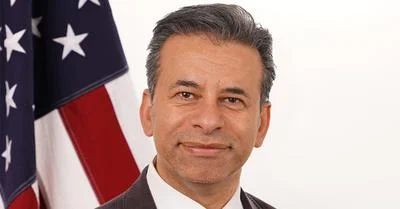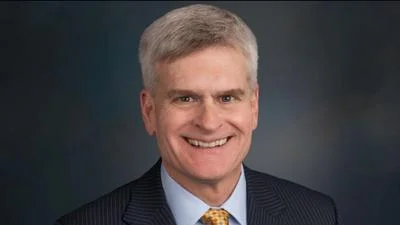Mr. Chairman, thank you for calling today’s hearing on the 2018 Social Security Trustees Report. While Social Security is financially stable for the time being, it is clear we need a long-term solution.
There are 10,000 Baby Boomers a day who become eligible for Social Security.
The traditional idea of the “three-legged stool" of retirement income: personal savings, Social Security and pensions has become a bygone notion. Fewer and fewer workers can depend on a defined-benefit pension anymore and stagnant wages have made it harder for people to save for retirement on their own. That is why strengthening and improving Social Security is more important than ever.
Americans know that Social Security is not an entitlement. It is the insurance that they have paid for and earned with every paycheck. We must fight back against misinformation that Social Security is bankrupt and won’t be there for future generations. The Trustees Report shows that Social Security will be able to pay 100% of benefits until 2034. But even after -Social Security would still be able to pay three-quarters of benefits due - that’s assuming Congress did nothing.
But Congress must not wait until 2034 to take action.
Saving Social Security doesn’t have to mean cutting benefits or asking workers to wait longer to retire. There is a better solution, the Social Security 2100 Act, which has been cosponsored by 172 of my colleagues.
The Social Security 2100 Act would institute a:
• Modest across the board benefit increase;
• More accurate cost of living formula (CPI-E);
• New special minimum benefit; and a
• Tax cut for over 10 million beneficiaries.
It will expand benefits in a meaningful way for current and future beneficiaries - without adding a penny to the deficit. As confirmed by the Social Security Administration’s Chief Actuary, Steve Goss, it is fully paid for and estimated to keep the system solvent beyond the 75-year window. We pay for it through two common-sense steps:
• Have millionaires and billionaires pay the same rate as everyone else. Currently, payroll taxes aren’t collected on wages over $128,400. My bill would simply reinstate payroll taxes for wages above $400,000.
• Gradually phase in a small increase in the contribution rate that workers and their employers pay into the system, but over 24 years. For the average worker, that means an additional 50 cents a week. To put this in context, for about the cost of a Starbucks latte - you’d get 9 weeks of payments for an improved Social Security system.
Congress should commit to not just protecting, but enhancing Social Security benefits. Especially for women, who on average receive $4,000 fewer benefits annually than their male counterparts. The numbers are even worse for women of color - at least half or more would live below the poverty line if not for Social Security. The answer to addressing Social Security’s long-term fiscal challenges shouldn’t be cutting these already modest benefits, but enhancing them in a fiscally-responsible way as the Social Security 2100 Act does.
The opportunity to strengthen Social Security for generations to come is now and I hope Congress will be courageous enough to seize it. Thank you and I look forward to today’s discussion.







